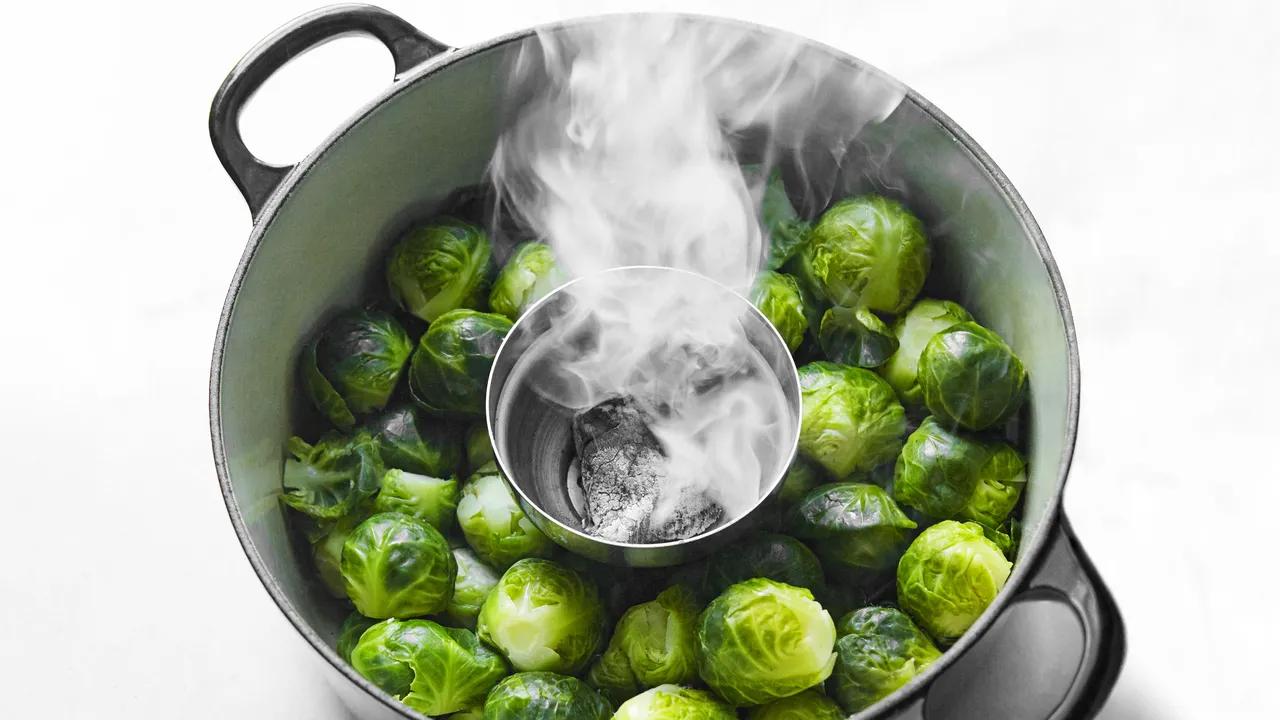When it comes to adding a smoky flavor to food, many people turn to smoking methods using coal or charcoal. In this article, we will explore the process of smoking food with coal and provide an understanding of the difference between coal and charcoal.

What is Smoked Coal?
Smoked coal refers to the fine coal particles suspended in the atmosphere, which are the volatile products of bituminous combustion. In cities like Pittsburgh, the constant emission of smoke from factories and industries can lead to a polluted and uncomfortable environment. To address this issue, there have been discussions about consuming coal smoke in properly constructed furnaces and fireplaces. This method not only helps in saving fuel but also contributes to a purer atmosphere.
How to Smoke Food with Coal
One popular method of smoking food with coal is the dhungar method, commonly practiced in South Asian cuisine. This technique involves infusing a smoky flavor into food using clarified butter (ghee) and hot coals in a smoking chamber, usually a lidded pot.
The dhungar method does not aim to hot-smoke food, as the heat from the coal is not sufficient for cooking. Instead, it focuses on imparting a unique smoky aroma to the trapped food. The duration of smoking depends on the dimensions and ingredients of the food, allowing individuals to adjust the level of smokiness according to their preference.
To begin the smoking process, you will need a piece of all-natural hardwood lump charcoal, approximately the size of a plum. It is recommended to initiate the coal burning while the food rests, as placing the food in the pot immediately after cooking can result in the loss of crispness in the skin.
For safety purposes, it is advisable to burn the charcoal outdoors. You can use a blowtorch or a paraffin starter cube to light the charcoal efficiently. Avoid using lighter fluid, as it can create an unpleasant smell. Once lit, allow the coal to burn until its exterior is lightly covered with white-gray ash, usually around 4 to 5 minutes.

Coal vs Charcoal
While both coal and charcoal are carbon-based fuels, there are fundamental differences between the two:
Coal
Coal is a fossil fuel formed from the remains of plants that lived and died millions of years ago. It is primarily used for energy production and industrial processes. Coal is available in various forms, including bituminous coal, anthracite coal, and lignite coal. When burned, coal produces significant amounts of smoke and particulate matter, contributing to air pollution.
Charcoal
Charcoal, on the other hand, is a fuel derived from wood or other organic matter. It is produced by heating the material in the absence of oxygen, a process known as pyrolysis. This results in the removal of moisture, volatile compounds, and impurities, leaving behind pure carbon. Charcoal is commonly used for cooking and grilling due to its high heat output and low smoke production.
The key difference between coal and charcoal lies in their composition and intended use. Coal is primarily used for industrial purposes and energy production, while charcoal is popular for cooking and grilling due to its clean-burning properties.
Smoking food with coal can add a unique smoky flavor and aroma to your dishes. By understanding the difference between coal and charcoal, you can make informed choices when it comes to fuel selection for smoking or grilling. Whether you prefer the traditional smokiness of coal or the cleaner burn of charcoal, experimenting with different smoking techniques can elevate your culinary creations.
If you want to know other articles similar to Smoking food with coal: a guide to understanding the difference you can visit the Smoking category.


Related Articles